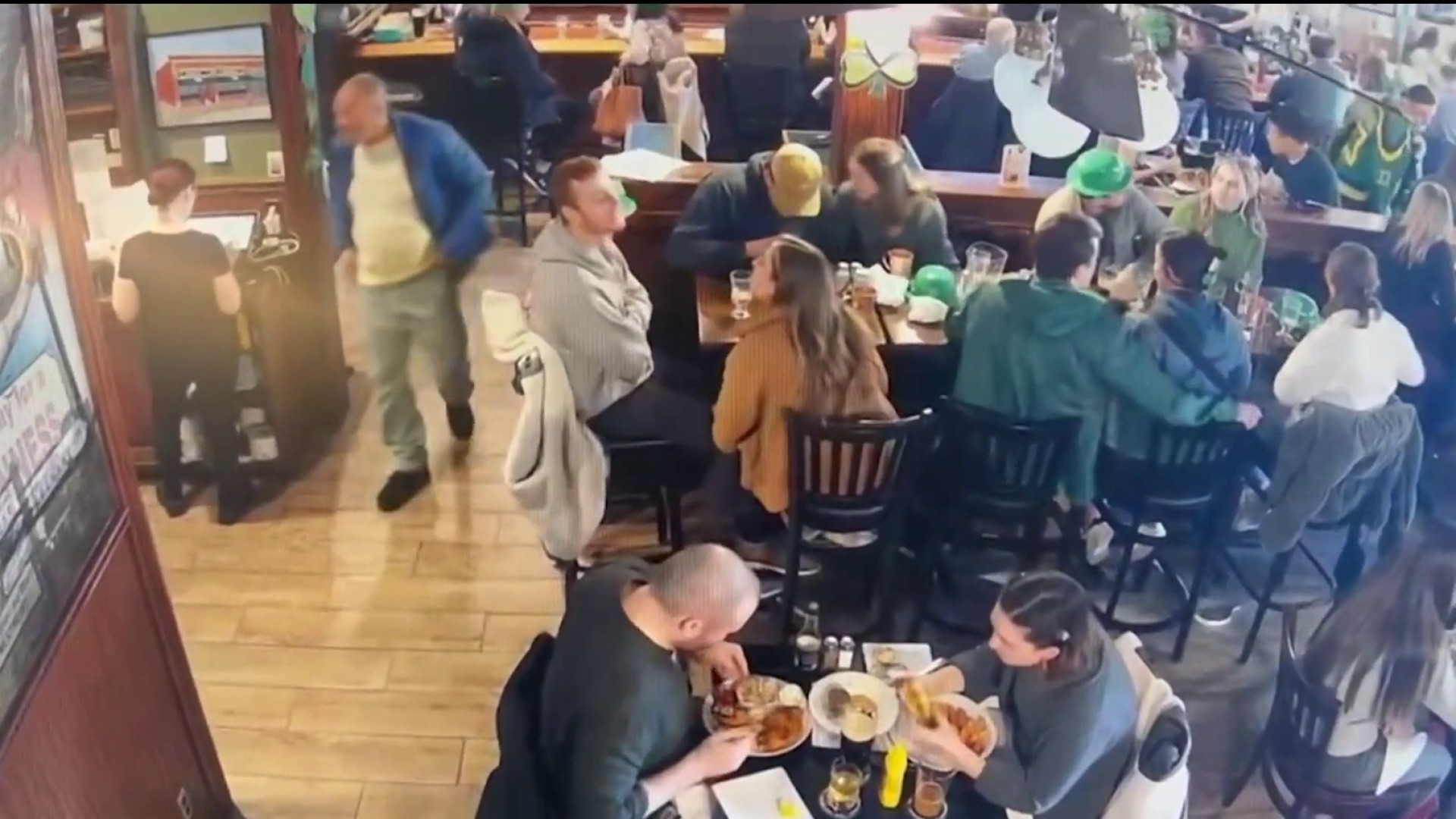Gov. Maura Healey said Wednesday that she is in the final stages of selecting a new general manager to run the Massachusetts Bay Transportation Authority and expects to name the new GM "very, very soon."
Though her work to identify a new head of the plagued public transit agency began before Healey took office in early January, Healey has largely kept the Baker administration's team in place at the MBTA and at MassDOT generally, including Interim MBTA GM Jeff Gonneville. The new governor has repeatedly asked T riders to be patient with her as she works through a search process and has consistently been vague about the status of the search.
WATCH ANYTIME FOR FREE
Stream NBC10 Boston news for free, 24/7, wherever you are. |
"I do want people to know that I am really, really serious about us addressing the issues there," Healey said about the T during an interview Wednesday morning in WBUR's "Radio Boston." "We are in the final stages, expect to be naming a new GM and also transportation safety chief, very, very soon."
Pressed by host Tiziana Dearing on whether the governor was talking a week or two weeks, Healey only responded, "It will be very soon."
Get updates on what's happening in Boston to your inbox. Sign up for our News Headlines newsletter.
The MBTA Board plans to hold its next meeting Thursday, a gathering where the budget, low-income fares and a general manager's report are on the agenda.
Healey said in January that hiring a new GM for the MBTA was a "weeks, not months, scenario" and that she was "moving through that search very quickly." In February, she said that "we're close" to hiring a new leader for the T.
"I said this would be weeks, not months. We're in fact on course to do just that, and so we hope to have a decision and an announcement soon," she said Feb. 13.
Healey also pledged to hire a new safety chief at the T in her first 60 days as governor, but no such appointment was made by her self-imposed March 6 deadline.
On March 7, the governor told reporters that she and her administration "hope to have announcements very soon, but I think the process has taken the time necessary in order to make sure that we're getting the very best talent here into the state." During that scrum more than two weeks ago, Healey said the T general manager and transportation safety chief searches would be complete in "days, not weeks."
The MBTA has been running diminished service on at least three lines for more than nine months as a result of a federal investigation that last year found the T did not have enough dispatchers to safely run regular service. On top of that, many riders have not returned to the T and huge swaths of the subway system are subject to persistent slow zones. This month, the T had to slow down entire lines because of failures to confirm past inspections and repairs.
Healey said on WBUR that she has sympathy for regular T riders like Claire, a Dorchester resident who texted in to WBUR to challenge the governor to take the T during rush hour when she needs to be at a specific place at a specific time.
"It is incredibly frustrating. I have total sympathy with commuters out there, with riders out there, who need a safe and reliable transit system to get to school, to get to work. ... Obviously the status quo is unacceptable. And that's why I've come in and I've taken the approach, I'm not going to look the other way, we're gonna get our hands dirty on this, we're gonna do what needs doing. So it will take some time, it will take some time," the governor said.
Healey added, "It's unfortunate, I walk into a situation where we're woefully understaffed, but I view it as my responsibility as governor to do everything that I can to put the pieces in place so that riders like Claire don't have to have more miserable commuting experiences."
But the governor said she does not have to experience the frustration of commuting on the MBTA herself to understand it. She did not address Claire in Dorchester's challenge and said in response to a question from Dearing that she is "really familiar with the plight of those who are riding the T" because she talks to T riders who work in her office.
"I think what the public needs to see is a T that's working, they need to see trains running on time, they need the slow zones to go away. The slow zones are there for a reason, because it's dangerous to have these trains operating, again on the country's oldest railway, at higher speeds when there are identified safety issues on the track. And so that's why we have the slow zones," Healey said. "But I think what the public needs to see is they need to see action, they need to see the trains literally moving on time."
Healey's explanation for why the slow zones were put into place, mentioning identified safety issues on the tracks, differs slightly from how Gonneville and the T have been talking about the slowdowns. When global speed restrictions were first put in place March 10, Gonneville said it "was done out of an abundance of caution for [rider] safety" and while the T worked to verify that track inspection, necessary fixes and safety checks were actually made.



